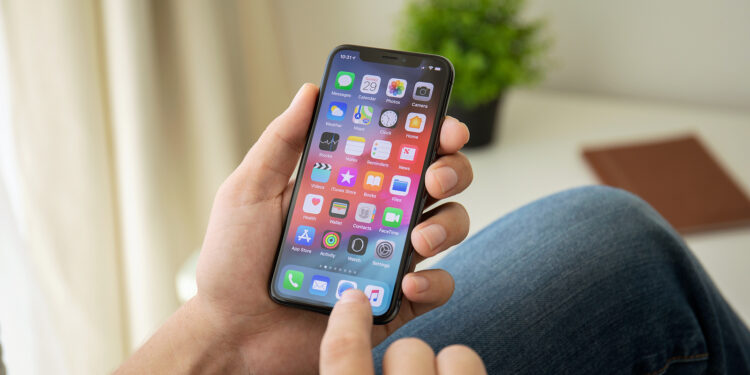In the dynamic world of smartphone technology, Apple is always at the forefront of innovation and is constantly setting new standards. A major development may be on the horizon: the introduction of iPhones with up to 2 TB of storage. This revolutionary change could be made possible by the implementation of Quad-Level Cell (QLC) storage technology, reports Taiwanese market research firm TrendForce.
The ever-growing storage demands in smartphones reflect our increasing usage - from high-resolution photos and videos to data-intensive apps and games. Apple is aiming to meet these demands and plans to introduce technology that could enable iPhones with 2 TB of storage. This could be a game-changer for all Apple fans and tech enthusiasts.
What is QLC memory technology?
Quad-level cell (QLC) memory is an advanced memory technology that offers higher data density compared to the currently used triple-level cell (TLC) technology. This means that more data can be stored in the same physical space. QLC memory can store four bits per cell while TLC can only store three bits per cell. This significantly increases the memory capacity.
Advantages and Disadvantages of QLC Memory
The introduction of QLC storage in iPhones offers several advantages:
- Increased storage capacity: With QLC technology, Apple can equip iPhones with up to 2 TB of storage, allowing users to store more data without worrying about running out of space.
- Cost efficiency: QLC memory is typically cheaper than TLC memory, which reduces the price per gigabyte and could potentially lower costs for end users.
However, there are also some challenges:
- Slower read and write speeds: QLC memory offers slower speeds compared to TLC memory, which could impact performance, especially in data-intensive applications.
- Lifespan: QLC memory has a shorter lifespan than TLC because more charge states must be distinguished per cell, which can lead to faster wear and tear.
schedule and future developments
TrendForce predictedthat Apple will introduce QLC storage technology starting in 2026. This could mean that the technology will be found in the iPhone 16, iPhone 17 or iPhone 18 models. There are reports that Apple is already evaluating the integration of QLC storage for the 1 TB models of the iPhone 16 Pro and iPhone 16 Pro Max. If this is the case, the technology could be used for both 1 TB and 2 TB storage capacities. The iPhone 16 series is expected to be announced in September, so it remains to be seen whether Apple will introduce QLC storage technology and 2 TB storage capacities this year or in the coming years.
Storage capacity of the future: Apple's plan for 2 TB iPhones
The prospect of iPhones with 2TB of storage thanks to QLC storage technology is intriguing and shows how Apple continues to push the boundaries of what is possible in the smartphone market. While there are some challenges, the potential benefits outweigh them for users looking for more storage and cost-effective solutions. It remains to be seen how and when Apple will introduce this technology, but one thing is for sure: the future of iPhone storage capacity looks promising. Stay tuned for more updates and developments in the exciting world of Apple technologies! (Photo by DenPhoto / Bigstockphoto)





